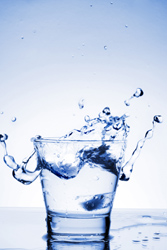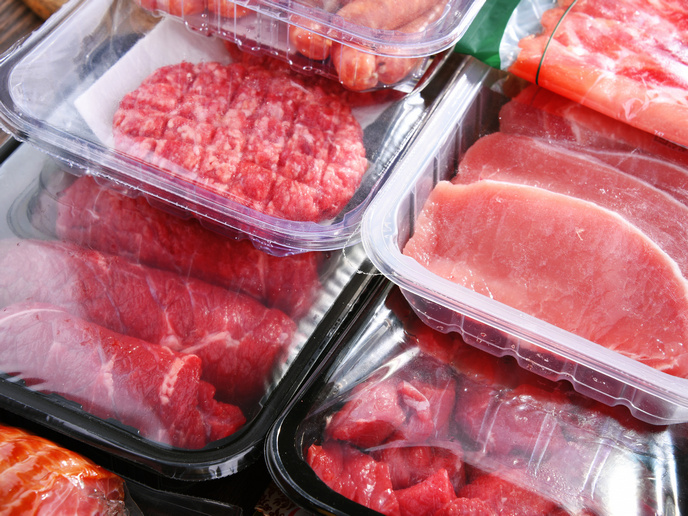Purifying water with the help of metal-based catalysts
Access to safe drinking water is something most people take for granted, but a significant portion of the world's population cannot make this claim. Water purification is an energy-intensive process, so intelligent solutions must be sought to provide this service, especially to developing regions. The AQUACAT project received funding from the European Commission to produce a system using solar energy to decontaminate polluted water. Spanish scientists from CIEMAT working at the Platforma Solar de Almeria test facility investigated the efficiency of two light-activated catalysts: titanium dioxide (TiO2) and a ruthenium complex: Ru(II). Ru(II) was affixed to polymer strips and submersed in a reactor chamber filled with water artificially fouled with Escherichia coli. Comparison with a blank sample, which was only exposed to light, indicated that the Ru(II) was able to rapidly reduce the E. coli concentration by four orders of magnitude. Similar tests with TiO2 mounted on Ahlstrom (KN47) paper revealed slower rates of bacterial deactivation. In a final experiment, CIEMAT combined the two catalysts in series to identify any possible synergistic effects, but unfortunately none were detected. Based on these results, the Ru(II) catalyst is recommended.







